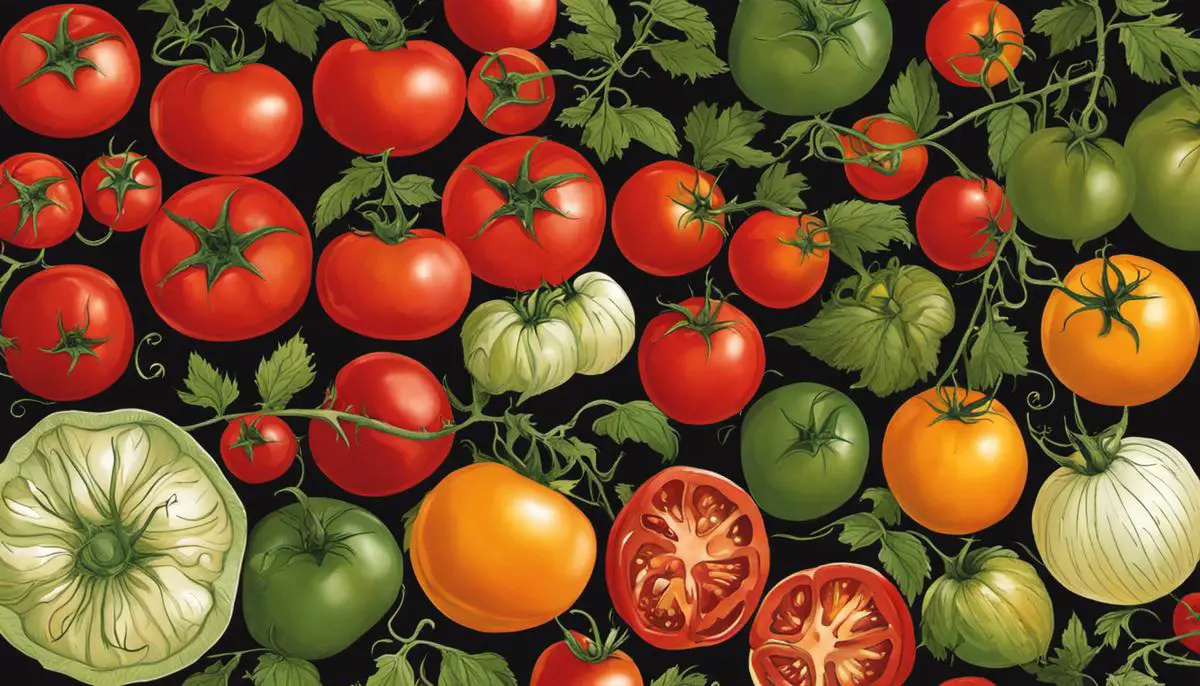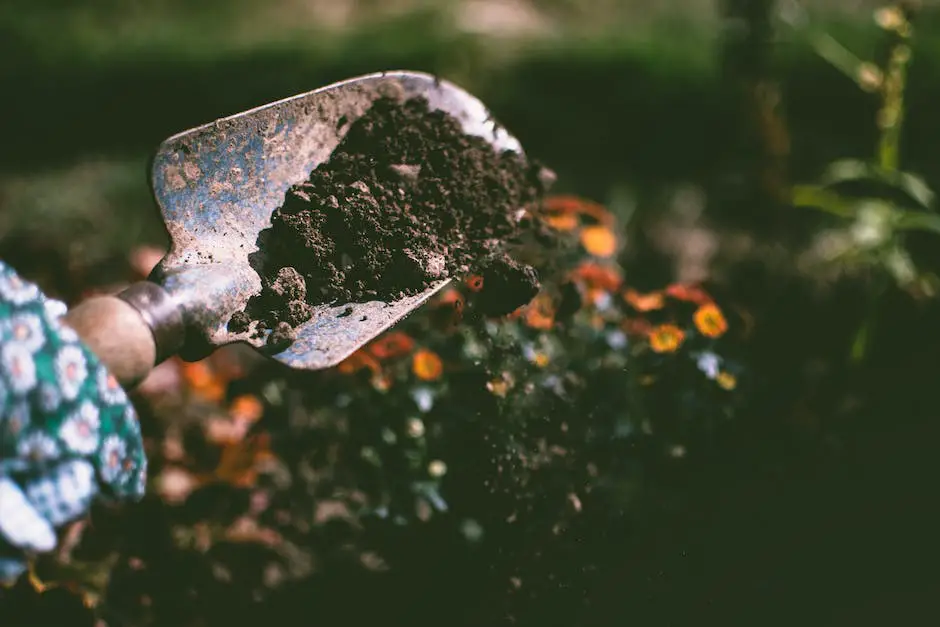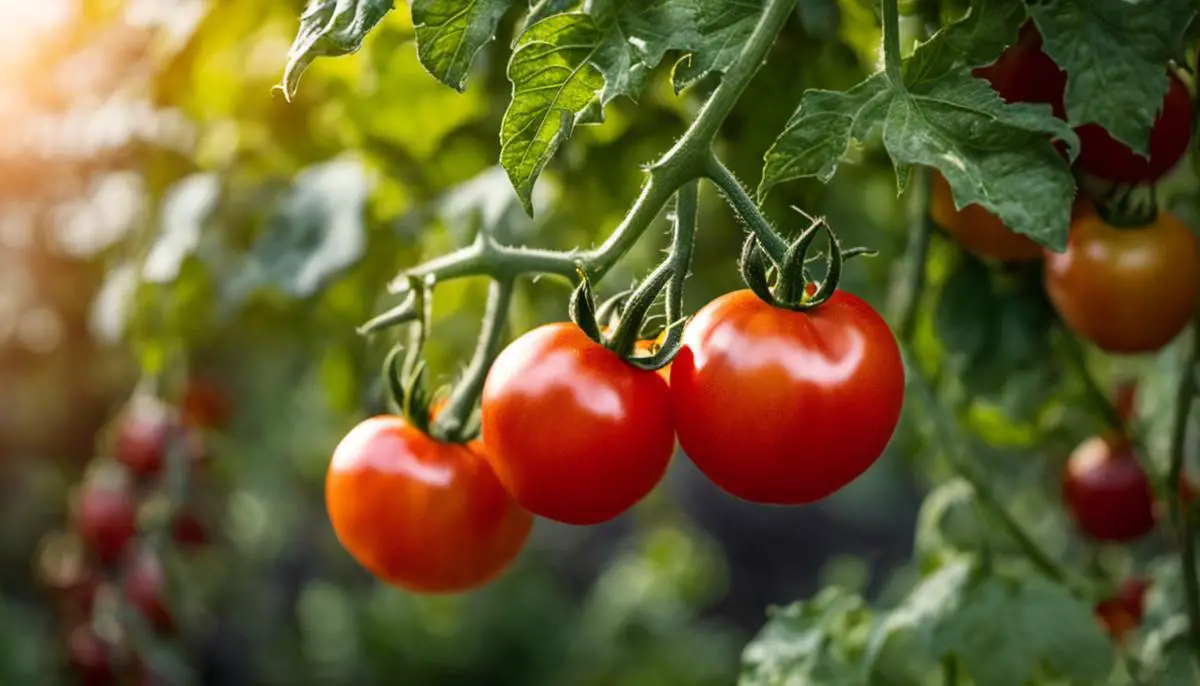Table of Contents
Unveiling the robust world of tomatoes, this guide will serve as your comprehensive resource in unlocking the secrets contained in the tomato plant’s lifecycle. From humble seed to vibrant fruit, growing tomatoes can be both an art and science. While tomatoes are a common backyard guest blooming in many a gardener’s plot, raising them successfully requires an understanding of their variety and an instinct for their care. This guide will escort you through the nuances of various tomato varieties, unravel the secrets of soil preparation and planting, and equip you with the knowledge needed to maintain your plants with great care. It’s time to take this wonderful journey into the world of tomatoes – one that’s filled with juicy rewards.
Understanding Tomato Varieties
Understanding Tomato Varieties: A Comprehensive Guide
When embarking on your tomato growing journey, the first thing you’ll need to understand is the wide variety of tomato plants available and how they differ from one another in terms of growth habits, fruit types, and requirements for optimal health and productivity.
There are hundreds of tomato varieties but they all fall into two main growth categories: determinate and indeterminate. Determinate, or bushy type, tomatoes tend to grow to a certain height – typically 3 to 4 feet – then stop growing and produce all their fruit over a period of a few weeks. Once the fruit is harvested, the plant is basically done for the season.
Indeterminate tomatoes, on the other hand, keep growing, producing and ripening fruit continuously until killed by frost or another environmental factor. These plants can reach towering heights of up to 12 feet and require strong supports. They are best for areas with long growing seasons.
Various types of fruit that can be grown on tomato plants include heirloom, hybrid, cherry, beefsteak and paste tomatoes among others. Heirlooms are old-time varieties that come true from seed, meaning you can save the seed from a fruit and expect to grow a similar plant the following year. Hybrids are deliberate crosses between two different varieties that bring the best traits from each parent but their seeds do not come true.
Lastly, consider the climate of your region when choosing what variety to grow. Tomatoes are warm-weather plants that do not tolerate frost. They need night-time temperatures of at least 55℉ (13℃) and day-time temperatures beneath 95℉ (35℃) for optimal fruit set.
People in cooler regions should look out for tomato varieties that mature early and do well in cool temperatures like ‘Early Girl’, ‘Stupice’, ‘Cherokee Purple’. In hotter areas, heat-tolerant varieties such as ‘Heatmaster’, ‘Solar Fire’, and ‘Phoenix’ would be suitable.
Consider also your personal preference for taste, texture, appearance, and use, as different tomato varieties can vary substantially on these factors. Some people swear by the complex, sweet-acid balance of heirlooms like ‘Brandywine’ while others may prefer the reliable disease resistance and uniformity of a hybrid variety like ‘Better Boy’.
Keep in mind that specific factors such as disease resistance, growth habit, climate compatibility, and intended use can all influence the success and satisfaction of your tomato growing adventure. To get started on the right foot, take the time to research different tomato varieties, consult with local gardeners or extension services, and make a plan that suits your unique situation.

Preparing the Soil and Planting
Understanding Soil Conditions for Tomatoes
Growing a bountiful tomato crop begins with understanding the soil needs of this sun-loving plant. Tomatoes do best in well-drained soil rich in organic matter. They require a balanced soil pH between 6.0 and 6.8, straddling the line between mildly acidic and neutral. Testing the soil before planting can help ensure these conditions are met.
Preparing the Soil
To prepare the soil, start by removing any weeds or stones from the planting area. You then want to enrich the soil with plenty of organic matter. Compost, well-rotted manure, leaf mold, or green manure crops can be turned into the soil to increase its fertility and improve its structure, which will allow for better drainage.
Next, measure the soil’s pH using a soil testing kit. If the soil is too acidic (below 6.0), adding ground limestone can increase the pH. If it’s too alkaline (above 6.8), adding sulfur or peat moss can lower the pH. Remember, changes to soil pH happen slowly, so amend the soil several weeks before planting.
Tomatoes are heavy feeders, meaning they require lots of nutrients. Before planting, consider adding a balanced organic fertilizer to the soil. One that contains nitrogen, phosphorus, and potassium will encourage healthy plant growth and stimulate fruit production.
Planting Techniques
When it comes to planting tomatoes, correct depth and spacing are crucial. Dig a hole deep enough so that two thirds of the tomato plant will be buried in the soil. This encourages the plant to develop roots along the buried stem, leading to a stronger, more robust plant.
The distance between tomato plants impacts their health and productivity. Tomato plants should be spaced about 24 to 36 inches apart from one another to allow for adequate airflow and room for growth. Rows of tomatoes should be about 4 feet apart.
Once the hole is prepared, gently place the tomato plant in, making sure the root ball is level with the soil surface. Backfill with the enriched garden soil and firm gently around the base of the plant. After planting, water thoroughly to help settle the soil around the roots.
Remember, whether you are an experienced gardener or just starting out, there’s nothing quite like the satisfaction that comes from growing your own tomatoes. So get outside, dig in, and don’t be afraid to get a little dirty.

Care and Maintenance
Choosing the Right Variety
Firstly, to achieve a bountiful and healthy tomato crop, your journey begins with selecting the right variety. Common types include beefsteak, cherry, and heirloom varieties, make your pick based on your preference and the local climate. Buy seedlings or start from seeds indoors six to eight weeks before the last expected frost.
Post-Planting Care
Once the danger of frost has passed and the soil temperature is consistently above 60 degrees, move your seedlings outdoors. Plant them deeper than they came in the pot, up to the top few leaves. Tomatoes love heat, so choose a part of your garden that gets plenty of sun and space them around 2 feet apart to allow for growth. Stake or cage your tomato plants to keep them from falling over once they start bearing fruit.
Watering Your Tomato Plants
Tomatoes require regular watering, approximately an inch of water per week including rainfall. However, avoid watering from above, as wet leaves can lead to mildew and other diseases. Instead, water at the base of the plant.
Feeding & Fertilizing Your Plants
Feeding tomato plants is essential for their growth. Use a slow-release fertilizer at planting time. When the first fruits are about the size of a golf ball, switch to a high-potassium liquid tomato food applied every two weeks.
Pruning Tomato Plants
Regular pruning is key for a successful tomato crop. Trim the lower branches that touch the ground or appear sickly. Also, prune the suckers, the small shoots that sprout out from where the main stem and the branches meet.
Pest and Disease Management
Tomatoes can fall victim to a number of diseases and pests like blight, root rot, aphids, and hornworms. Regular inspections will help spot problems before they become too serious. If you do discover a disease or pest issue, address it immediately with an appropriate organic or chemical treatment from your local garden center.
Rotation Planting
Avoid planting tomatoes in the same site year after year, this practice known as crop rotation helps prevent the build-up of diseases in the soil.
Growing tomatoes is a common delight of summer and with good care, you can look forward to sweet, juicy fruits fresh from your own garden. Be prepared, however, for the possibility of unpredictable weather or pests, which can affect your crop. Nonetheless, don’t get disheartened. Gardening, after all, is as much about the journey as it is the destination.

With a newfound understanding of tomato varieties, soil preparation, planting and plant care, you are well on your way to growing your own thriving tomato garden. From selecting the right variety based on your region’s climate and your tastes, to understanding the intricacies of soil preparation and planting, followed by knowledgeable maintenance, the journey of tomato growing has been demystified. The joy of gardening, coupled with the anticipation of watching your tomatoes grow, can provide a sense of accomplishment and communion with nature. As you use this knowledge, may each tomato you harvest be a testament to your dedication and effort. Happy growing!

